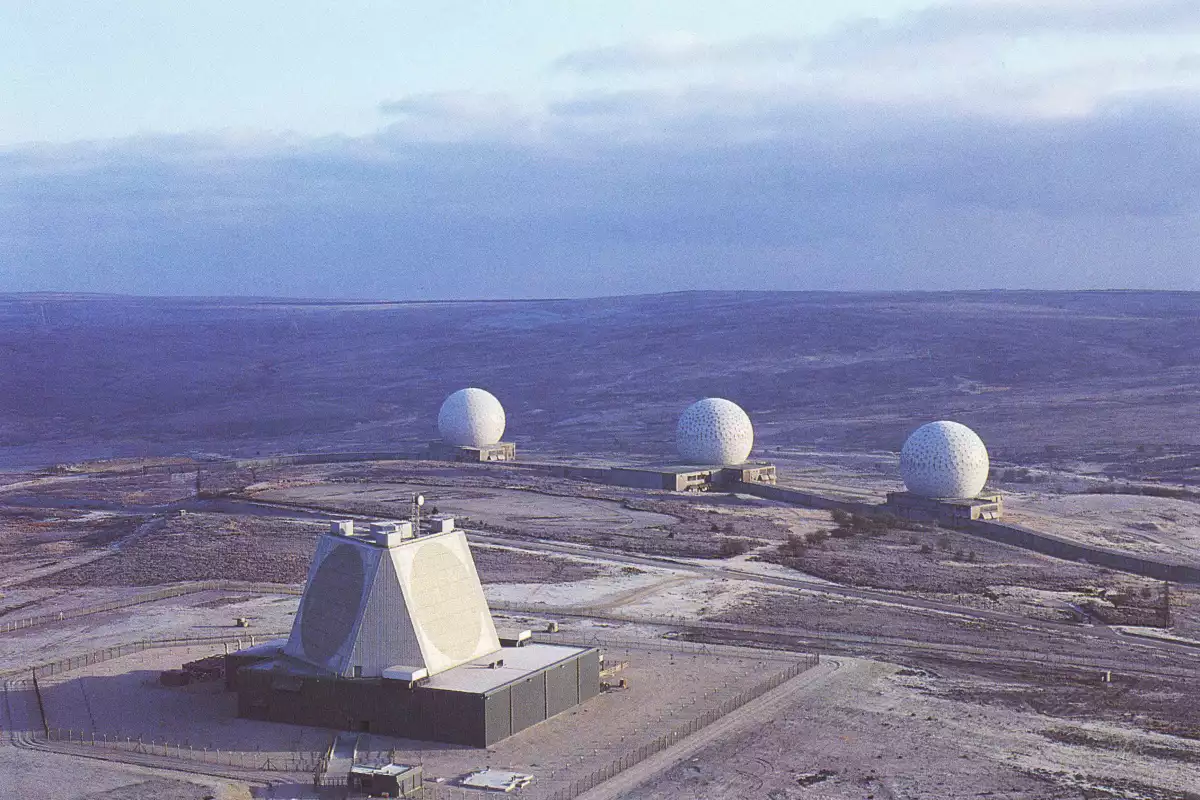The US, UK, and Australia AUKUS agreement is about more than nuclear subs, as evidenced by the three nations announcing the building of an international Deep Space Advanced Radar Capability (DARC) network intended to monitor space out to geosynchronous orbit.
Sometimes a defense agreement can be as simple as selling a clapped-out frigate to another navy in return for base visiting rights. Sometimes it's like pulling on a thread on a knitted sweater where the length of yarn just keeps getting longer and longer.
In the case of AUKUS, which began as a treaty to share British and American nuclear technology to allow Australia to build conventionally-armed nuclear attack submarines, it's become a large-scale interweaving of the military technological capabilities of the three countries that marks a major shift in Indo-Pacific policies.
According to a joint statement released by the US Secretary of Defense Lloyd J. Austin III, Australian Deputy Prime Minister and Minister for Defence Richard Marles, and British Secretary of State for Defence Grant Shapps, AUKUS also includes the training of Australian personnel at US Navy and Royal Navy nuclear facilities, visits by British and American subs to Australia on a regular basis, streamlining of trade controls and information sharing, defense and industrial collaboration between the three nations, and cooperation on a range of advanced projects, including autonomous maritime systems, artificial intelligence, anti-submarine warfare, quantum navigation, and others.
One of these others is DARC, the technology for which has already been tested to a limited degree by the US Space Force. The idea is to build three deep-space tracking stations in the United States, Britain, and Australia, with the first to be constructed and operational in Australia by 2026, a second in Britain with the most likely site at Cawdor Barracks in Wales and the third at an unnamed site in America by 2030.
Each of these stations would boast higher sensitivity, better accuracy, increased capacity and more agile tracking than current radar systems.
Tracking networks aren't new. NATO has relied on them to warn against bomber and missile attacks since the 1950s, and the famous Jodrell Bank radio telescope was partly funded under a secret agreement that it help to sight any incoming ICBMs from the Warsaw Pact signatories. What is new is that, instead of just scanning the upper atmosphere and low Earth orbit, DARC will minutely scan the heavens out to 21,000 miles (36,000 km), 24 hours a day and in all weather.
According to the partners, DARC will allow the AUKUS nations to identify potential threats to both military and civilian satellites and systems, help to deter conflict, better handle space traffic management problems, and support the growing commercial space sector.
"As the world becomes more contested and the danger of space warfare increases, the UK and our allies must ensure we have the advanced capabilities we need to keep our nations’ safety," said UK Defence Secretary Shapps. "Today’s announcement of a global radar network, based across the UK, US, and Australia will do just that. Empowering the UK to detect, track and identify objects in deep space."
Sources: UK MoD, US Defense Department





